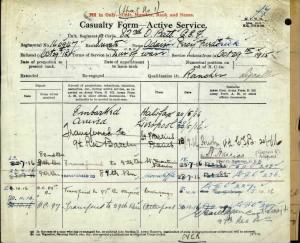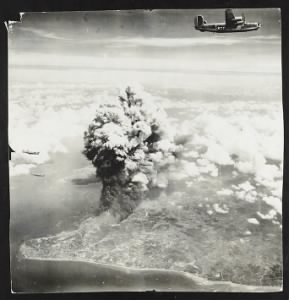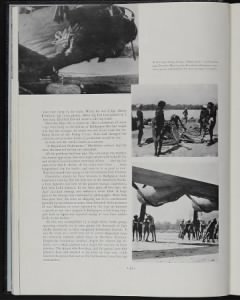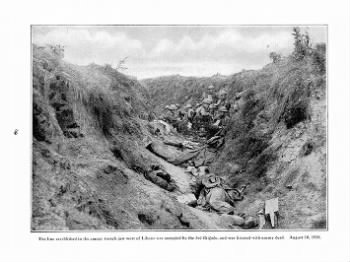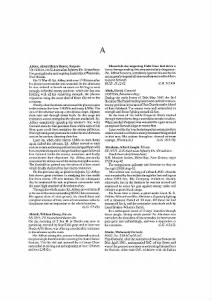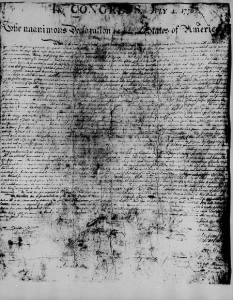
During the Civil War more than two million soldiers left their families, homes, farms, and jobs to join the fight. The women were left to maintain the home front. This shift brought increased responsibility and opportunity that would shape the country long after the war ended.
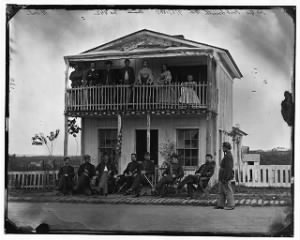
Women were needed to fill critical gaps outside of their typical domestic spheres. In addition to managing homes and families, women worked in factories, mills, and munition plants. They sewed uniforms and bandages. Some served as nurses, such as Carrie Wilkins Pollard, who spent two years caring for the wounded. In 1892, she appealed to Congress and was granted a pension. Although women weren’t eligible to enlist as soldiers, as many as 400 did; many under male aliases.
Occasionally, the battlefront and the home front merged into one. Such was the case for Susan M. Alsop. The young widow was in her early 20s and struggling to maintain her farm when in 1864, the Battle of Spotsylvania raged in her front yard. Her property became a burial ground for many. Twenty years later, soldiers visited the Alsop farm, hoping to mark the exact spot where Union Gen. John Sedgwick was killed. One of them presented a $5 bill to the son of Susan Alsop saying, “On this day twenty years ago I stole a side of bacon from your mother, and I want you to give her this to pay for it.” When Alsop sold her farm in 1895, a newspaper article noted that “the Confederate earthworks were still in a good state of preservation.”
During the war, many soldiers suffered injuries that resulted in life-long disabilities, including thousands of amputation surgeries. After the war, men and women had to navigate and define new roles and responsibilities. Many women had become accustomed to making decisions, managing finances, and operating farms and businesses. With the men back home, adjustments were required. Some had to adjust to the fact that their men were never coming home. The death of 620,000 Americans left the country stunned and mourning. Typical of mourning practices at the time, many widows donned black dresses to express their grief.
Widows of Union soldiers were entitled to a federal pension. Confederate soldiers and widows weren’t eligible and needed to apply to the individual state where they resided to receive a state pension. It wasn’t until the 1900s that federal pensions were available to all Civil War soldiers and widows.
Women emerged from the Civil War with a taste of social empowerment that permanently shifted their attitudes. Wartime exposure to responsibilities traditionally managed by men taught women that they were, in fact, capable of filling these roles. This gave a boost to the suffrage movement, and in 1869, the National Woman Suffrage Association formed with the goal of procuring the vote for American women. Search our Civil War archives, including the Civil War Pensions Index and the Civil War Widows Pensions file to learn more about the role women played during the Civil War!



